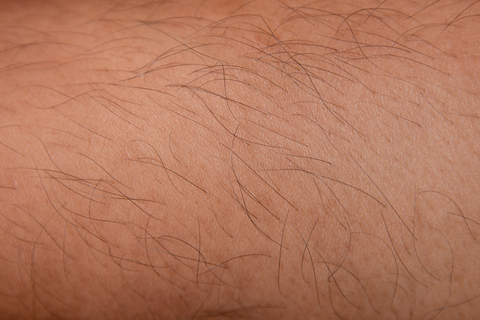Considering the delicate balance between feeling beautiful and managing hair removal, many individuals often ponder, “Can you shave in between waxing?” This inquiry, while seemingly straightforward, invites a deeper exploration of hair removal methods and the intricate relationship between them. The journey through this topic resembles navigating a winding path through a dense forest; the right choices can lead to a serene glade, while missteps may lead to brambles and thorns.
To understand the implications of shaving between waxing sessions, it is essential to unpack the fundamentals of both practices. Waxing, a time-honored method of hair removal, involves applying a warm, sticky substance to the skin, ensnaring hair in its grip before it is swiftly removed. This technique uproots hair from the follicle, resulting in a smoother surface and extended periods between regrowth. Shaving, on the other hand, is akin to pruning a tree: it removes only the visible elements without addressing the roots. This fundamental distinction between the two methods sets the stage for our inquiry.
The beauty of waxing lies in its ability to yield long-lasting results. Typically, after a waxing session, the skin remains smooth for three to six weeks, contingent on individual hair growth cycles. Shaving disrupts this harmony. When you shave, you may inadvertently alter the natural course of hair regrowth. Shaving cuts hair at the surface level, which can result in an influx of thicker, coarser hair returning after a few days. If you picture each hair as individual blades of grass, shaving only gives the illusion of a well-maintained lawn, while waxing uproots the entire plant, allowing your skin to breathe and rejuvenate.
One of the principal concerns surrounding shaving between waxes is its potential impact on the skin. Skin sensitivity following a waxing session is a common occurrence, akin to a newly exposed wound. Introducing a razor to recently waxed skin can lead to irritation, ingrown hairs, and in severe cases, razor burn. It’s important to remember that waxing opens the pores, making skin vulnerable. Much like applying a fresh coat of paint onto a still-drying canvas, shaving can disturb the newly smoothed surface and lead to a less-than-desirable outcome.
So, why do people consider shaving between waxing? The leading motivation often stems from the desire for immediate results. Between waxing appointments, one might notice the emergence of fine, noticeable hair. The temptation to quickly eliminate this new growth can be overwhelming, akin to the call of a siren to a sailor adrift at sea. However, it’s crucial to weigh the temporary satisfaction that shaving provides against the potential drawbacks.
Moreover, the timing of waxing plays a role in this decision. The frequency of waxing and individual hair growth cycles must be taken into account. If you are waxing every four weeks, for instance, shaving may seem like a quick fix to maintain that smooth aesthetic. However, if you find yourself in a position of wanting to shave, consider the timing of your next wax. Are you on the cusp of your next appointment? If yes, perhaps it’s best to wait it out and embrace the natural progress of hair regrowth.
For those who ultimately decide to shave between waxes, knowledge of safe practices is paramount—like choosing the right tools for a delicate craftsman’s job. If one opts to wield a razor after waxing, ensure that the area is hydrated and well-lubricated. Utilizing a gentle shaving cream can help protect the skin, reducing the risk of irritation. Opt for a fresh, sharp razor to minimize the chances of bumps and cuts; dull blades can lead to further complications.
Additionally, pay close attention to aftercare. Post-shaving, it’s advisable to apply a soothing lotion or aloe vera gel, reminiscent of a protective balm for a weary warrior returning from battle. This will help calm the skin and mitigate any unwanted reactions. As with any personal care regimen, every individual’s skin responds uniquely. Take note of how your skin reacts and adjust accordingly.
In contrast to shaving, consider alternative hair removal methods that can serve as complementary partners to waxing. For instance, some may explore depilatory creams; however, caution is key. While these creams offer another avenue for hair removal, they also come with their unique risks and sensitivities, much like uncharted waters in an adventurous expedition.
Ultimately, choosing whether to shave between waxing sessions ultimately boils down to personal preferences and comfort levels. Many people find that the harmonious cycle of waxing every few weeks is more than sufficient to maintain their desired aesthetic, allowing their skin to remain healthy and vibrant. Like a carefully orchestrated symphony, each note plays a role in the overall harmony of your beauty routine.
To summarize, while shaving between waxing is indeed possible, it is laden with potential pitfalls and consequences. It is essential to approach this decision with careful consideration and mindfulness of your skin’s needs. Every hair removed is a step toward personal expression, a chance to embody the elegance that lies within. Choose wisely on your journey through the labyrinth of hair removal, and may your path lead to a flourishing garden of confidence and self-love.
